Stand‑up paddleboarding (SUP) is no longer just about muscle power.
Clip an electric SUP motor into your board’s fin box, tap the throttle, and you’re gliding upriver, skimming across bays, or surfing gentle swells without breaking a sweat.
In 2025, these plug‑and‑play thrusters have become the e‑bike equivalent for water lovers—silent, emission‑free, and shockingly fun.
Quick Take: An electric SUP motor is a waterproof, battery‑powered propeller that pushes water backward to send your board forward. Expect cruising speeds of 3–5 mph (up to ~7 mph on performance models) and 60–90 minutes of runtime on a single charge.
Electric Power on the Water
Picture a soda‑can‑sized brushless motor housed in a hydrodynamic shell.
Slide the adapter into your SUP’s fin slot, snap the battery into place, and you’ve turned human‑powered paddling into power‑assisted cruising.
The motor’s sealed propeller spins thousands of RPM, creating thrust measured in kilograms of force (kgf).
A wireless or cabled remote lets you dial up or down the speed in seconds—perfect when the wind picks up or you just want to coast.
Five Stand‑Out Benefits You’ll Feel on Day One
-
Less Effort, More Distance – Cover double your usual range without fatigue.
-
Confidence in Currents – Push through chop, headwinds, or tidal flow that would normally turn you around.
-
Versatile Adventures – Switch from high‑tempo workouts to laid‑back sightseeing, fishing, or towing a friend.
-
Silent & Eco‑Friendly – No fumes, no roar—just a gentle whirr beneath the deck.
-
Safety Cushion – A quick boost home if the weather sours or daylight fades.
Recommended: 2-in-1 Universal Underwater Scooter – for Diving, SUP & Kayak
Key Specs to Check Before You Buy
| Spec | Why It Matters | Typical Range |
|---|---|---|
| Motor Power (W) | Governs thrust & top speed | 300 – 1100 W |
| Thrust (kgf / lbf) | Pulls weight against wind/current | 6 – 17 kgf (13 – 37 lbf) |
| Battery Capacity (Wh) | Determines runtime | 180 – 500 Wh |
| Runtime | Real‑world usage per charge | 45 – 120 min |
| Weight | Affects portability & board balance | 5 – 10 kg (11 – 22 lb) |
| Mounting System | Fin‑box compatibility | Slide‑&‑Lock, US Fin, Flip‑Lock |
| Control | Remote style & safety cutoff | Wrist or trigger + kill‑switch |
Tip: Higher wattage gives punchier acceleration but drains the battery faster. Look for at least three speed modes so you can cruise efficiently and sprint when needed.
Product Spotlight: Asiwo U1 Diver Propulsion Vehicle
The Asiwo U1 is the poster child for 2025’s do‑it‑all thrusters—equal parts SUP motor, kayak booster, and handheld dive scooter.
-
Power: 1100 W brushless motor (up to 17 kgf of thrust)
-
Speed Modes: 3 (cruise, sport, turbo) — max ~10 ft/s (~7.4 mph)
-
Battery: 36 V × 5 Ah (180 Wh); 3–4 h recharge; optional high‑capacity pack
-
Runtime: ~60 min (low), 30 min (mid), 18 min (high)
-
Weight: 6 kg (13.2 lb) with battery
-
Depth Rating: 50 m / 164 ft for scuba use
-
Mounting: Slide‑&‑Lock, US Fin, Flip‑Lock adapters included (fits ~99 % of boards)

Real‑World Test Notes
Strong current rescue – On a tidal river, the U1 pushed a 12' inflatable SUP at 4.3 mph for 45 minutes on medium power, saving a sunset session that would’ve required a grueling paddle back.
Dive‑to‑SUP versatility – After an hour of snorkelling, the same unit clipped into a friend’s board in seconds, turning a relaxed paddle into a 6+ mph thrill ride.
Pros & Cons at a Glance
| Pros | Cons |
|---|---|
| Class‑leading thrust & top speed | Short runtime on full turbo |
| 2‑in‑1 (SUP motor & dive scooter) | Sinks if dropped—add a floater |
| Universal fin adapters included | Heavier than low‑power fins |
| Modular design for travel | Premium price (~$1,199 USD) |
Conclusion
Electric SUP motors are rewriting what’s possible on a paddleboard—turning long hauls into breezy tours, expanding safety margins, and adding a high‑voltage grin factor.
Whether you choose the powerhouse Asiwo U1 or a lighter 300 W kit, a battery‑powered thruster lets you paddle farther, explore longer, and worry less about wind or fatigue.
Grab your board, clip in the motor, and let the water be your moving sidewalk.
FAQs
Q1. How long does an electric SUP motor battery last?
Most packs deliver 45–90 minutes of mixed‑speed use. Low‑speed eco modes squeeze out the longest run time.
Q2. Can I fly with the battery?
Yes—lithium‑ion packs under 160 Wh are usually airline‑approved as carry‑on (check your carrier). The Asiwo U1’s 180 Wh pack may require special permission.
Q3. Will adding a motor affect board handling?
A well‑balanced motor sits low and central, adding only 5–10 kg. You may feel extra momentum, but stability generally improves.
Q4. Is installation permanent?
No. Most motors use fin‑box adapters; swap back to a regular fin in under two minutes.
Q5. How do I maintain the motor?
Rinse with fresh water after every salt‑water session, charge the battery to 60 % for storage, and inspect seals annually.
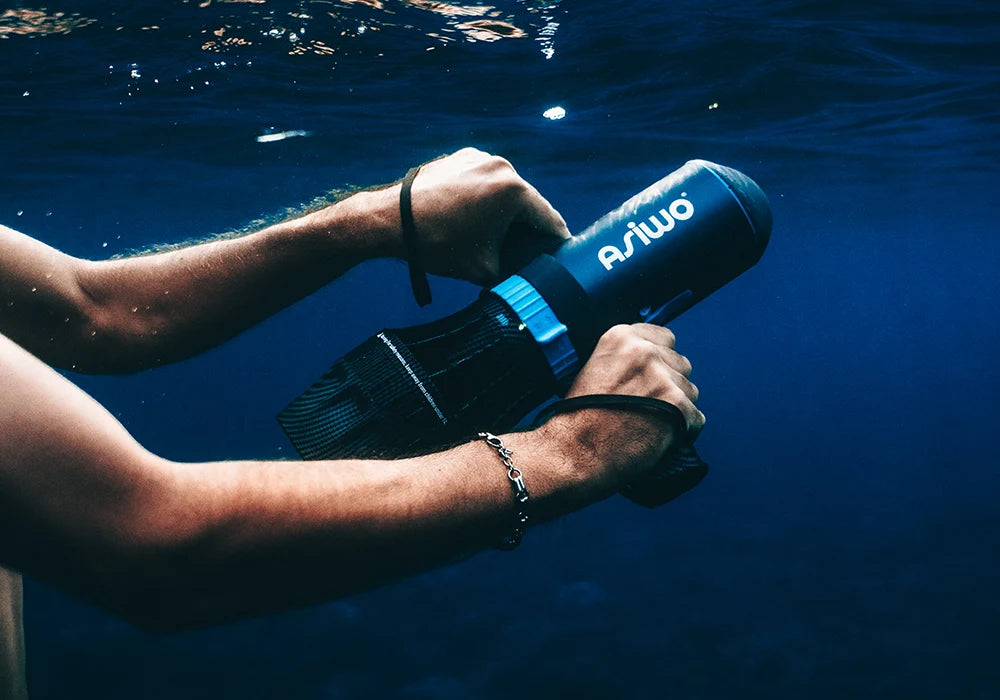




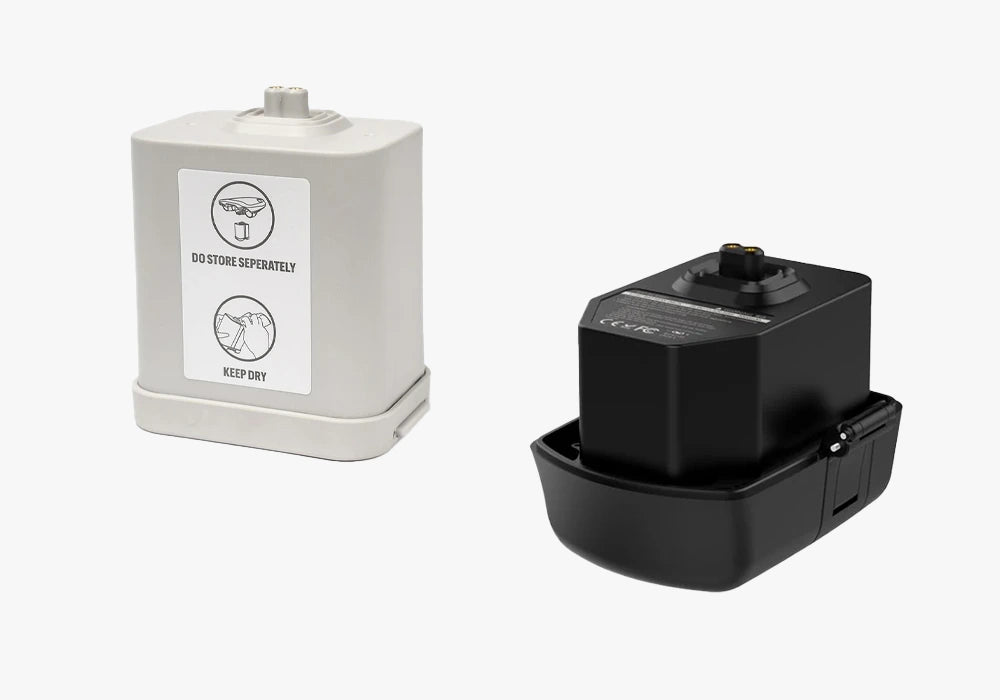




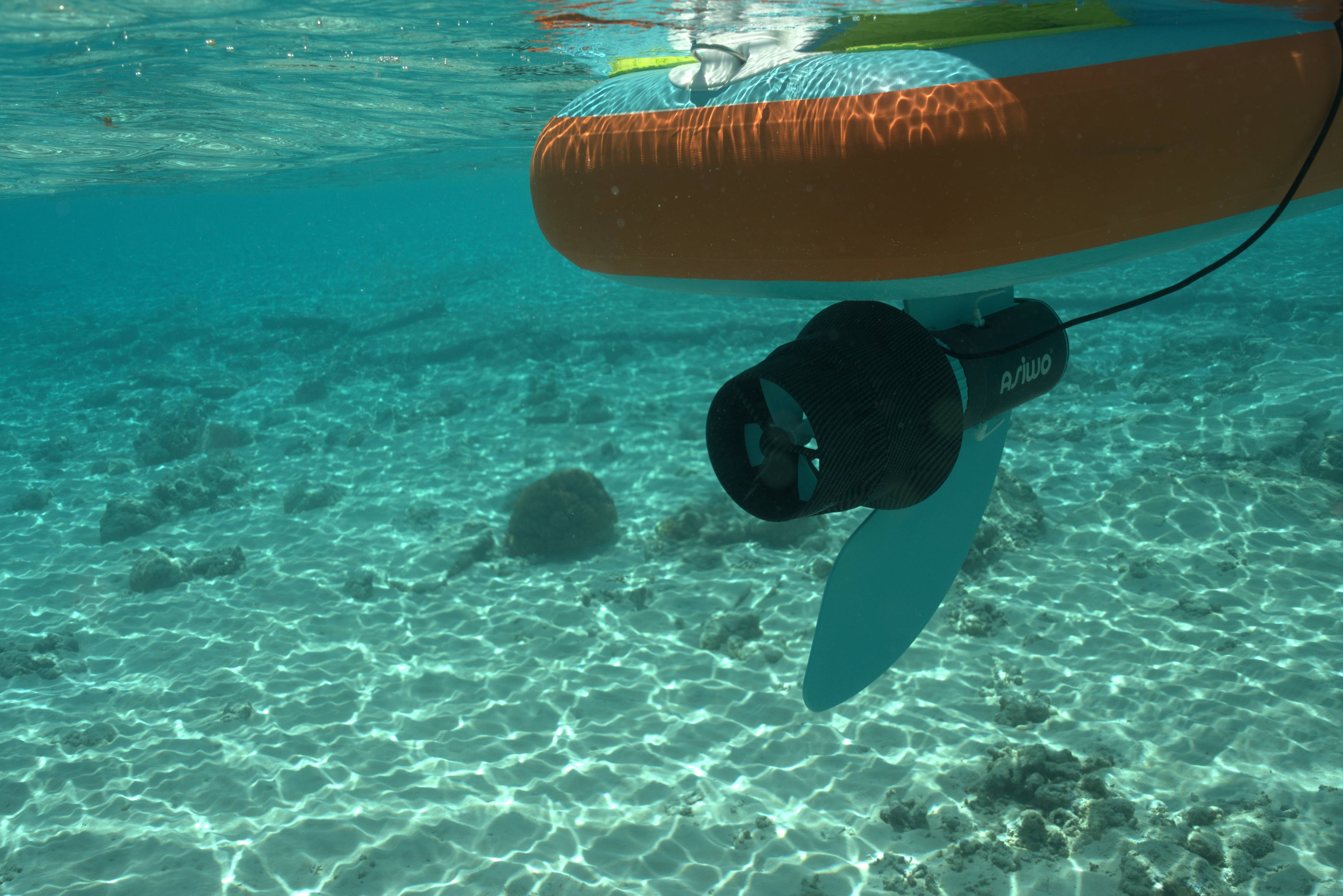
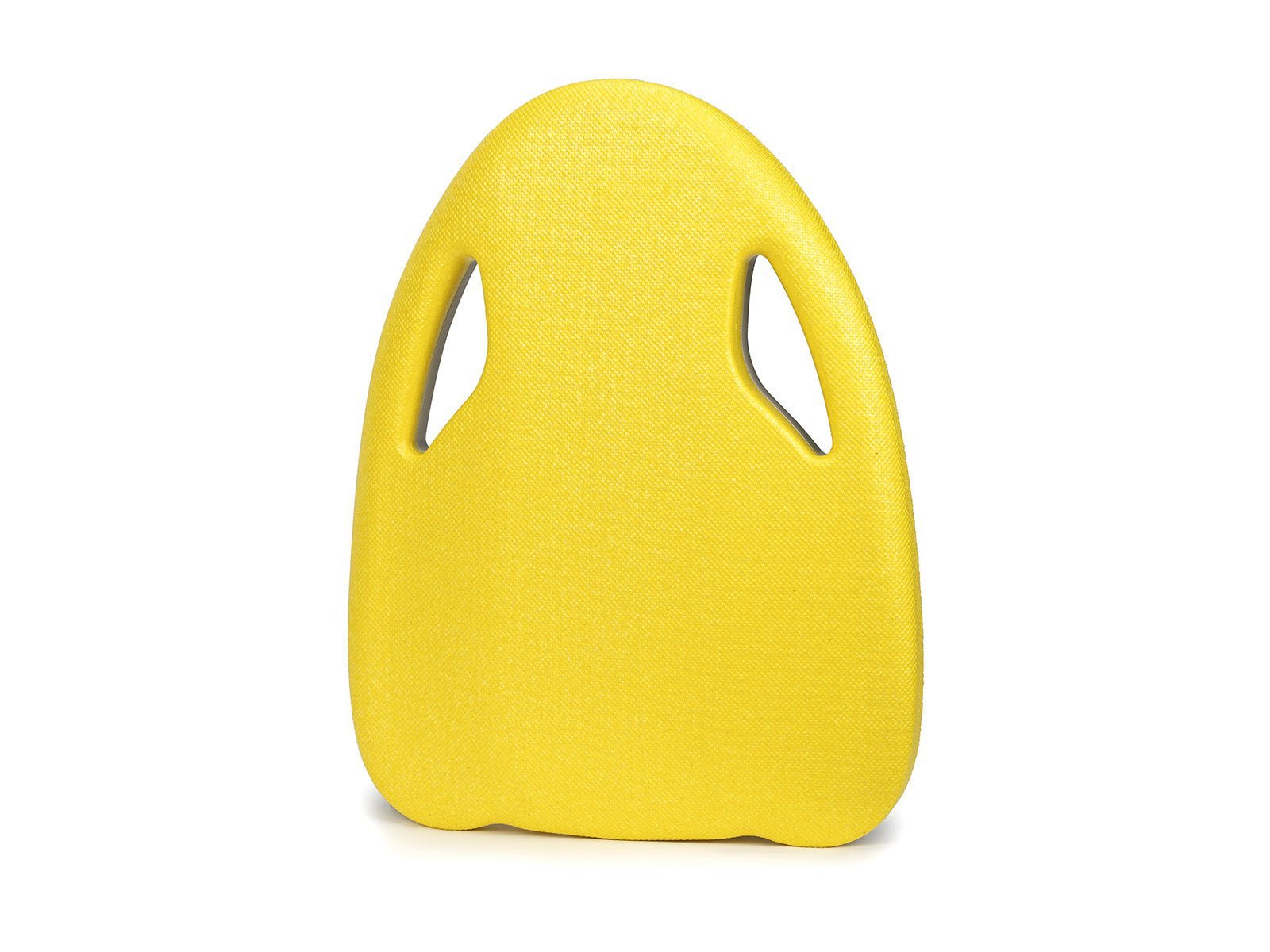
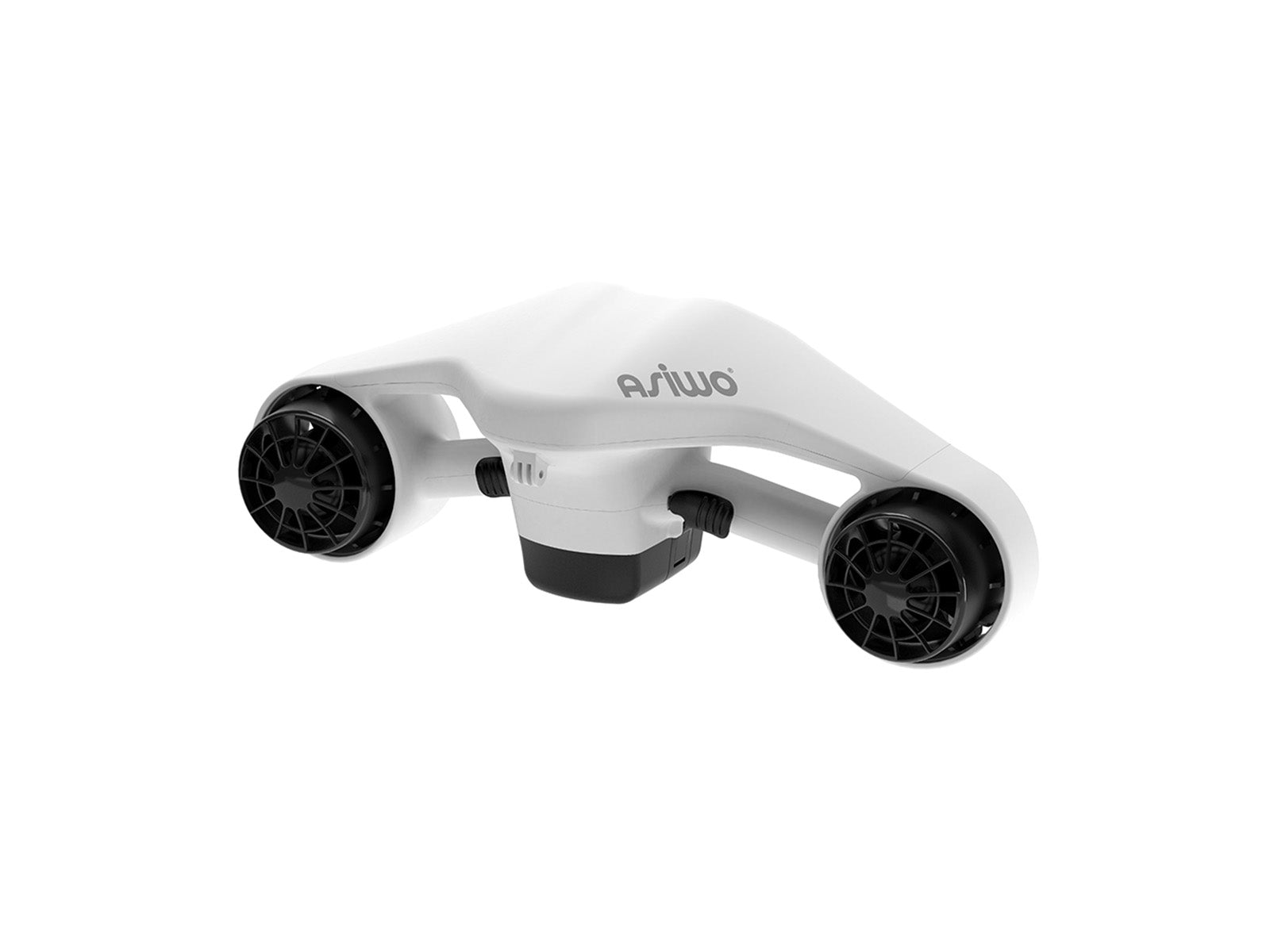
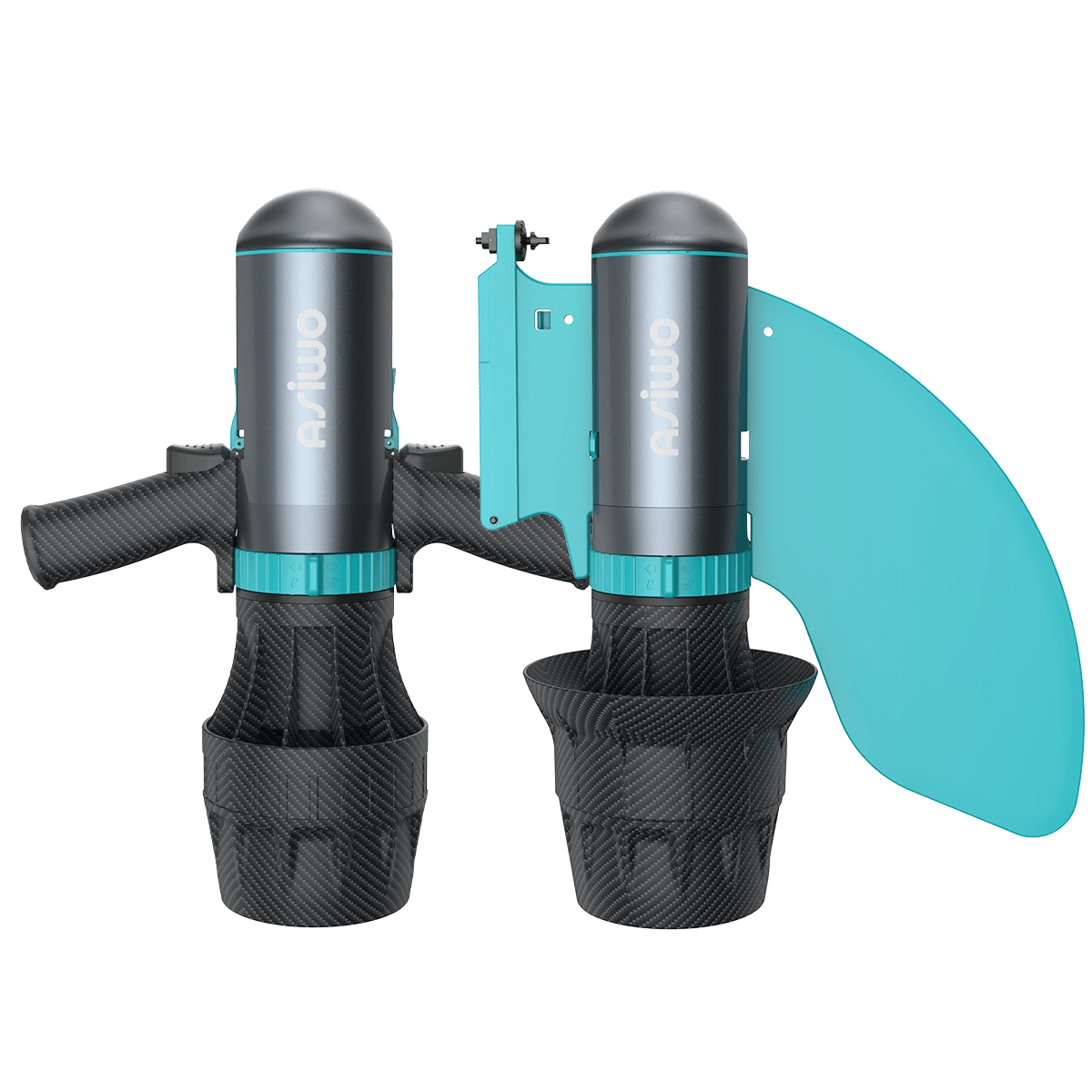




Hinterlassen Sie einen Kommentar